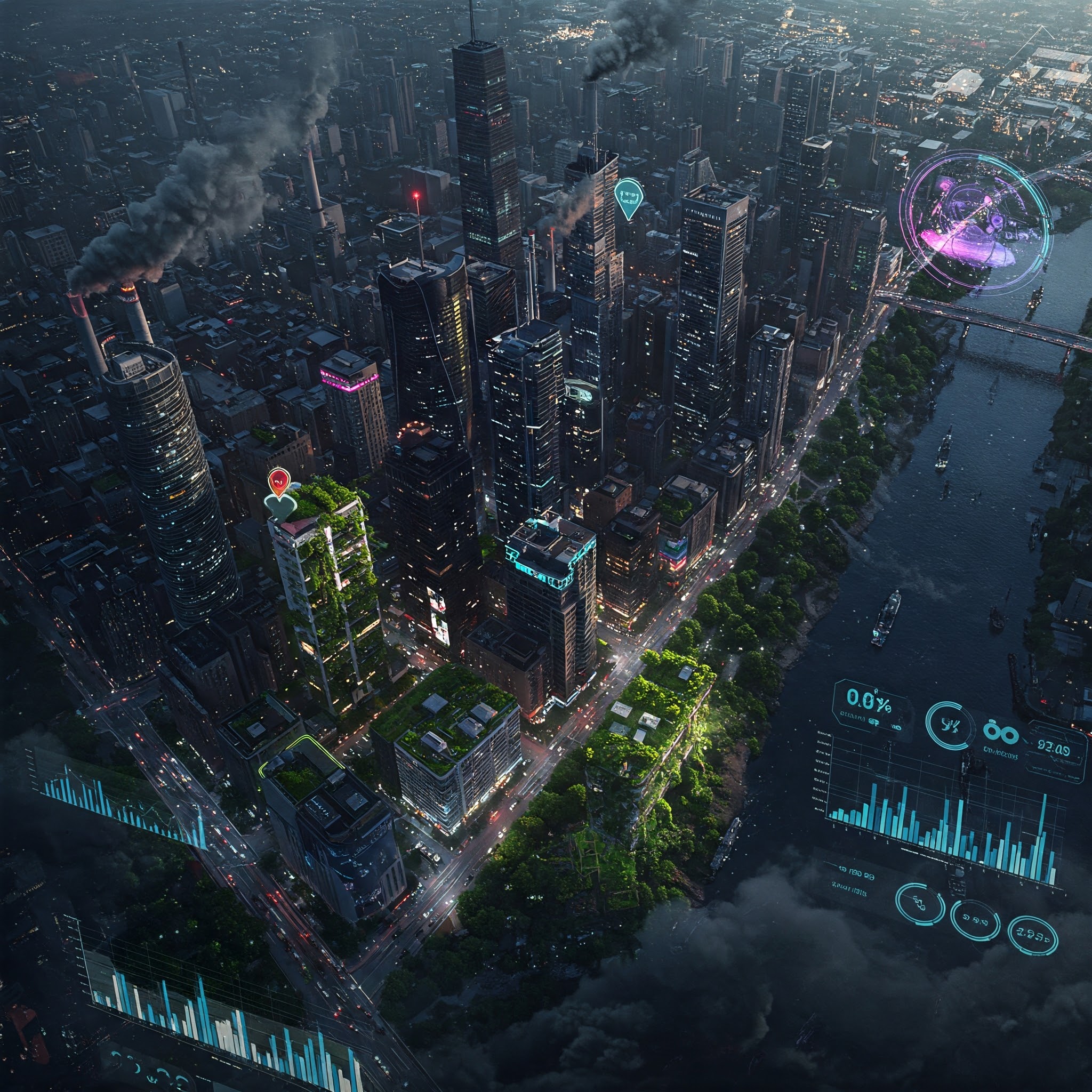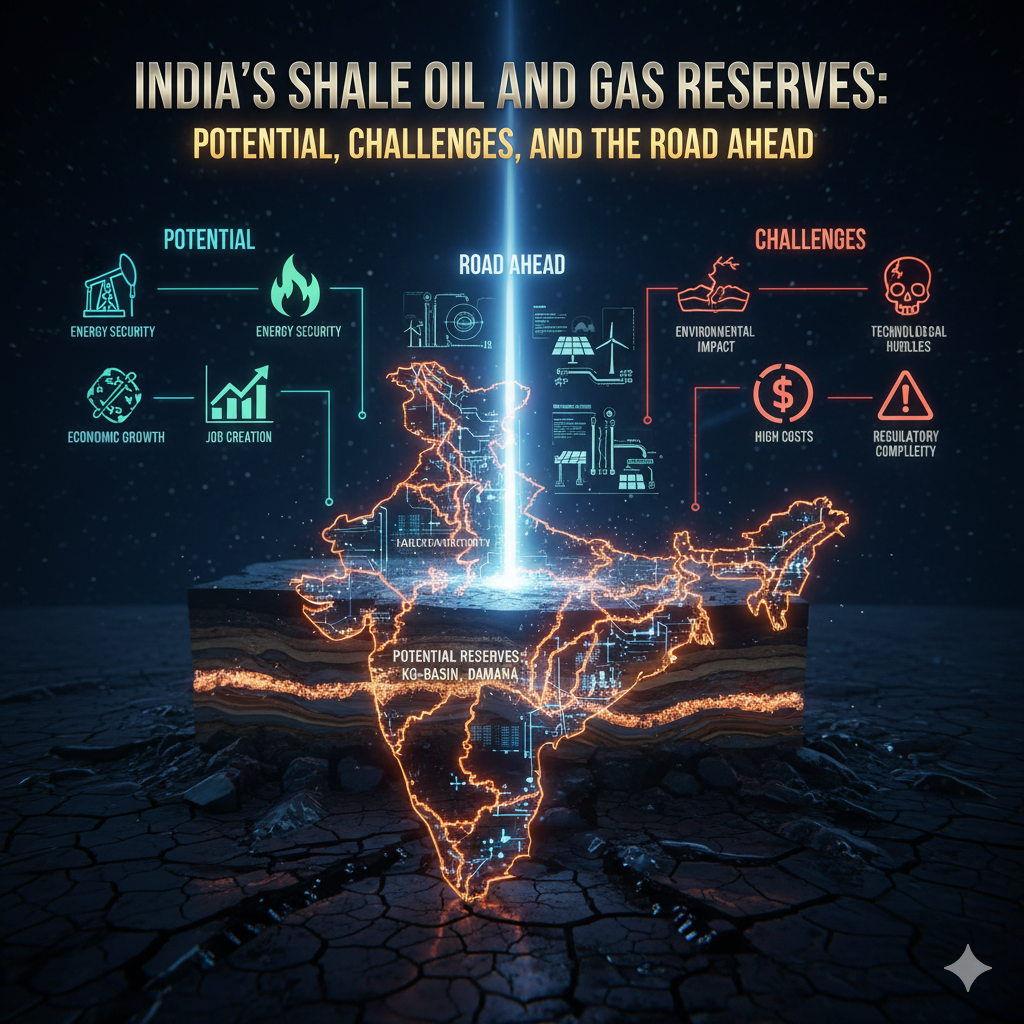Urbanization, the rapid growth of cities, has a profound impact on the local climate, creating unique microclimates that differ significantly from their surrounding rural areas. These urban microclimates are influenced by a complex interplay of factors, leading to a variety of localized weather patterns and environmental conditions.
Key Factors Shaping Urban Microclimates
- Urban Heat Island (UHI) Effect:
- This is the most well-known phenomenon, where urban areas are significantly warmer than surrounding rural areas.
- Causes:
- Albedo: Urban surfaces like concrete and asphalt have low albedo, meaning they absorb more solar radiation than natural surfaces like vegetation. This absorbed heat is then released back into the atmosphere at night, contributing to higher temperatures.
- Reduced Evapotranspiration: Urban areas often lack vegetation, which reduces evapotranspiration (the process of water evaporating from plants and soil). Evapotranspiration helps cool the environment through a natural cooling process.
- Anthropogenic Heat: Human activities such as industrial processes, transportation, and air conditioning release significant amounts of heat into the atmosphere, further warming urban areas.
- Albedo: Urban surfaces like concrete and asphalt have low albedo, meaning they absorb more solar radiation than natural surfaces like vegetation. This absorbed heat is then released back into the atmosphere at night, contributing to higher temperatures.
- This is the most well-known phenomenon, where urban areas are significantly warmer than surrounding rural areas.
- Altered Wind Patterns:
- Urban structures like buildings and tall structures can disrupt natural wind flow.
- Urban Canyon Effect: Tall buildings create narrow streets, acting like canyons that funnel wind, increasing wind speeds in some areas while blocking airflow in others.
- Wind Shadows: Buildings can also create wind shadows, reducing wind speeds and airflow in certain areas, which can contribute to localized temperature variations.
- Urban structures like buildings and tall structures can disrupt natural wind flow.
- Changes in Precipitation Patterns:
- Urban areas can influence rainfall patterns in several ways.
- Increased Precipitation: Increased pollution in cities can act as condensation nuclei, promoting cloud formation and increasing rainfall.
- Urban Heat Island Effect: Higher temperatures in urban areas can lead to increased convection, which can trigger thunderstorms and localized rainfall events.
- Reduced Infiltration: Impervious surfaces like concrete and asphalt prevent rainwater from infiltrating into the ground, leading to increased runoff and potentially more frequent flooding.
- Urban areas can influence rainfall patterns in several ways.
- Pollution and Air Quality:
- Urban areas are often heavily polluted due to emissions from vehicles, industries, and other human activities.
- Air Pollution: Pollutants like particulate matter, nitrogen oxides, and volatile organic compounds can trap heat, contributing to higher temperatures and creating health hazards for residents.
- Ozone Formation: Certain pollutants can react with sunlight to form ozone, a harmful pollutant that can worsen respiratory problems.
- Urban areas are often heavily polluted due to emissions from vehicles, industries, and other human activities.
Impact of Urban Microclimates
- Human Health: Urban heat islands can lead to increased heat-related illnesses, such as heat stroke and dehydration. Air pollution can exacerbate respiratory problems like asthma and bronchitis.
- Energy Consumption: Higher temperatures in urban areas increase the demand for air conditioning, putting a strain on energy grids and increasing energy costs.
- Infrastructure: Extreme weather events, such as heavy rainfall and strong winds, can damage infrastructure like roads, bridges, and buildings.
- Ecosystems: Urban microclimates can disrupt natural ecosystems, impacting plant and animal life.
Mitigating the Effects of Urban Microclimates
- Urban Green Spaces: Increasing the amount of green space in cities, such as parks and tree-lined streets, can help cool urban areas through evapotranspiration and shading.
- Sustainable Building Practices: Implementing green building practices, such as using reflective materials, incorporating green roofs, and improving energy efficiency, can reduce heat absorption and energy consumption.
- Improved Transportation Systems: Promoting public transportation, cycling, and walking can reduce vehicle emissions and improve air quality.
- Sustainable Urban Planning: Careful urban planning that considers microclimate factors, such as building orientation and street layout, can help mitigate the effects of urban heat islands and improve air circulation.
Additional Considerations:
- Microclimates within Urban Areas: It’s important to recognize that microclimates can vary significantly within a single city. Factors like topography, proximity to water bodies, and variations in land cover (e.g., parks, buildings) can create distinct microclimates within different neighborhoods.
- Urban Canopies: Urban areas create a unique “urban canopy” that affects the flow of air and energy. The density and height of buildings, along with the presence of green spaces, influence the urban canopy’s characteristics and its impact on microclimates.
- Technological Advancements: New technologies, such as cool roofs and green walls, are being developed to mitigate the effects of urban heat islands and improve air quality.
- Citizen Science: Citizen science initiatives can help collect data on urban microclimates, increasing our understanding of these complex systems and informing urban planning decisions.
Conclusion
Urbanization has a significant impact on local climates, creating unique microclimates with distinct characteristics. Understanding these microclimates is crucial for developing sustainable urban planning strategies that address the challenges of urban heat, air pollution, and extreme weather events. By implementing strategies to mitigate the effects of urbanization on microclimates, cities can create more livable and sustainable environments for their residents.




